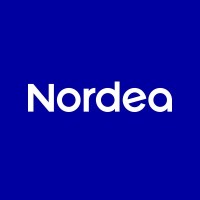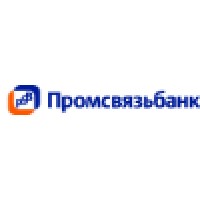Company Cyber Security Posture
NANA
NA Company Details
NA
NA
NA
NA
NA
NA
Scan still pending
NA
NA
Between 200 and 800
This score is AI-generated and less favored by cyber insurers, who prefer the TPRM score.
 NA Global Score
NA Global Score.png)

Company Scoring based on AI Models
| Model Name | Date | Description | Current Score Difference | Score |
|---|---|---|---|---|
| AVERAGE-Industry | 03-12-2025 | This score represents the average cybersecurity rating of companies already scanned within the same industry. It provides a benchmark to compare an individual company's security posture against its industry peers. | N/A | Between 200 and 800 |
Company Cyber Security News & History
| Entity | Type | Severity | Impact | Seen | Url ID | Details | View |
|---|
Company Subsidiaries

NA
Access Data Using Our API

Get company history
.png)
NA Cyber Security News
Vietnamese banks freeze online payments after cyber attacks at 2 major airports
The website of Vietnam's national carrier and flight information screens at the country's biggest airports were attacked by hackers, allegedly ...

NA Similar Companies

Abbey
Abbey National plc is the 6th biggest UK bank with 705 branches under the Abbey brand. It also uses the Cahoot and since September 2008, the Bradford and Bingley savings brands. Subsidiary banks include Cater Allen Limited. Since 2004 Abbey has been part of the Santander group. Santander is the larg

Nordea
We are a universal bank with a 200-year history of supporting and growing the Nordic economies – enabling dreams and aspirations for a greater good. Every day, we work to support our customers’ financial development, delivering best-in-class omnichannel customer experiences and driving sustainable c

CGD
Caixa Geral de Depósitos S.A. é a matriz de um grupo bancário português com altos padrões de exigência e liderança que se refletem na capilaridade da sua presença nacional, assim como na escala internacional da sua estrutura - com especial incidência nos países de língua portuguesa e de destino da e

Promsvyazbank
OJSC Promsvyazbank (PSB) is a Russian privately-owned universal commercial bank. Founded in 1995, PSB currently ranks 9th by assets among Russian banks (Interfax as of 01/01/13). PSB offers a comprehensive range of banking services to corporate and individual customers. PSB’s domestic and interna

Crédit Agricole Italia
Crédit Agricole Italia fa parte del grande Gruppo internazionale Crédit Agricole: un gruppo bancario tra i più solidi nel panorama internazionale e presente in 46 Paesi del mondo, con 53 milioni di Clienti. Il Gruppo Crédit Agricole in Italia conta 6 milioni di Clienti attivi e circa 16.200 collabor

Türkiye İş Bankası
In the nearly 100 years since its founding by the Great Leader Mustafa Kemal Atatürk on August 26, 1924, İşbank has undertaken various roles and made significant contributions to the development of our country in many fields, especially in industry and trade. İşbank offers products and services to

Frequently Asked Questions
Explore insights on cybersecurity incidents, risk posture, and Rankiteo's assessments.
NA CyberSecurity History Information
How many cyber incidents has NA faced?
Total Incidents: According to Rankiteo, NA has faced 0 incidents in the past.
What types of cybersecurity incidents have occurred at NA?
Incident Types: The types of cybersecurity incidents that have occurred include .
Additional Questions
What Do We Measure?
















Every week, Rankiteo analyzes billions of signals to give organizations a sharper, faster view of emerging risks. With deeper, more actionable intelligence at their fingertips, security teams can outpace threat actors, respond instantly to Zero-Day attacks, and dramatically shrink their risk exposure window.
These are some of the factors we use to calculate the overall score:
Identify exposed access points, detect misconfigured SSL certificates, and uncover vulnerabilities across the network infrastructure.
Gain visibility into the software components used within an organization to detect vulnerabilities, manage risk, and ensure supply chain security.
Monitor and manage all IT assets and their configurations to ensure accurate, real-time visibility across the company's technology environment.
Leverage real-time insights on active threats, malware campaigns, and emerging vulnerabilities to proactively defend against evolving cyberattacks.




